There is a widespread popular view of Isaac Newton, the man, as an unfriendly cantankerous, argumentative, curmudgeonly nasty piece of work ready to start a slanging match at the drop of a bodkin, self-righteous, possessive, jealous, unable to accept any form of criticism. Summa summarum, not a nice person at all, in fact rather to be avoided if you know what’s good for you. This immediately raises the question, is it true? Was Newton such an anti-social monster, hidden in a dark corner of his chambers, biting the heads off kittens?
OK, my opening salvo is somewhat(?) hyperbolic but in general Isaac Newton is presented as an asocial, grumpy old man, who loved nobody and was loved by nobody. It might come as a surprise to some that this portrait is very one sided and, although he could never be described as gregarious, in fact, Isaac had acquaintances with whom he was on good terms, genuine friends and also that he was a kind and loving family man. What? He didn’t have a family, so how could he be a kind and loving family man? In what follows I present a brief, semi-chronological sketch, of the amicable Isaac.
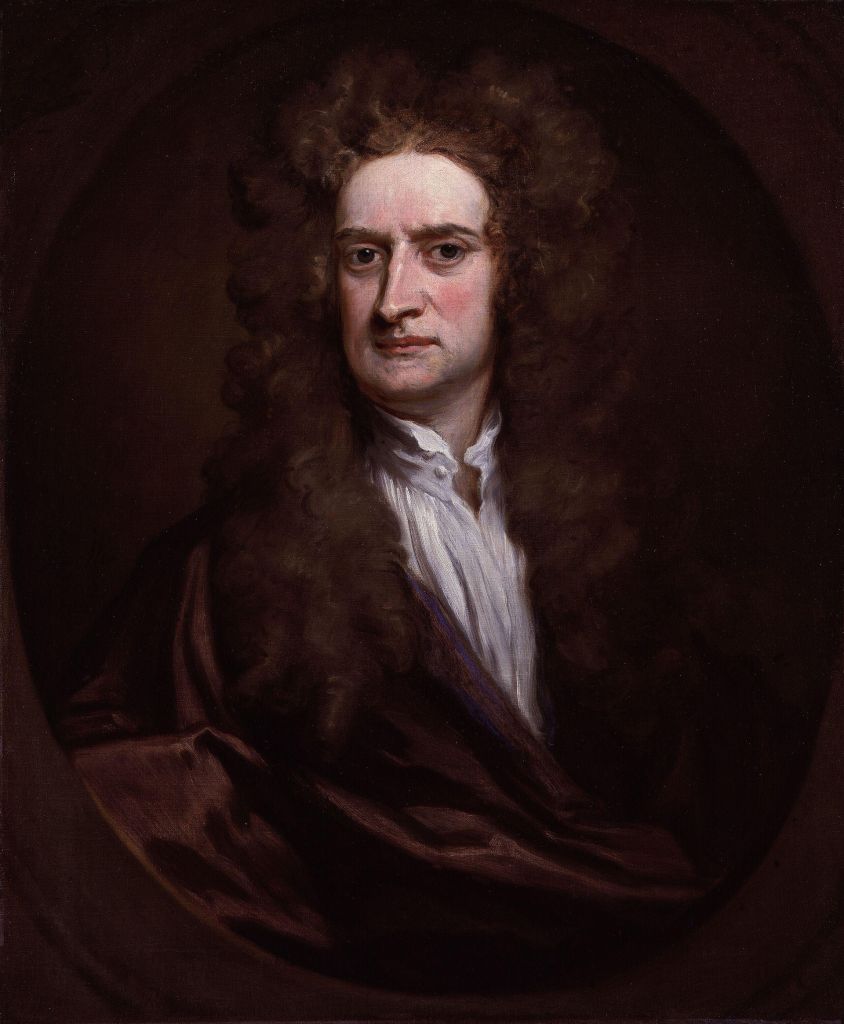
During his time as a fellow at Cambridge, Newton shared his chambers with two men, who both worked for him as an amanuensis. From 1663 to 1683, he shared with John Wickins, about whom we know almost nothing, although we do know from a letter written by Wickins’ son, in 1728, how the liaison came about:
My Father’s intimacy with him came by mere accident. My Father’s first Chamber-fellow being very disagreeable to him he retired one day into the walks where he found Mr Newton solitary & dejected; Upon entering into discourse they found their cause of Retirement the same &thereupon agreed to shake off their present disorderly Companions & Chum together, which they did as soon as conveniently they could &and so continued as long as my Father stayed at College. [1]
After Wickins left Cambridge to become vicar of Stock Edith, his place was taken by Humphrey Newton (a young man from Grantham who was no relation), who lived with Newton for five years. There is no record of any strife, disagreement, or whatever between Newton and his roommates, so at least here we can see an amicable Isaac.
Another Cambridge acquaintance, who we can fairly describe as a friend, was Charles Montagu (1661–1715), who later in his role as Chancellor of the Exchequer played an important role as Newton’s benefactor, giving him the position of Warden of the Mint in 1696, enabling his escape from Cambridge. They became friends when Montagu was a student and Newton already a professor and the depth of their friendship is demonstrated by the fact that Montagu used his political influence to have Newton appointed to the position at the Mint, when he wanted out of Cambridge. He even emphasised that it was a sinecure, and that Newton wasn’t actually required to do anything, although we know that Newton ignored this suggestion becoming a very active Warden and later Master.
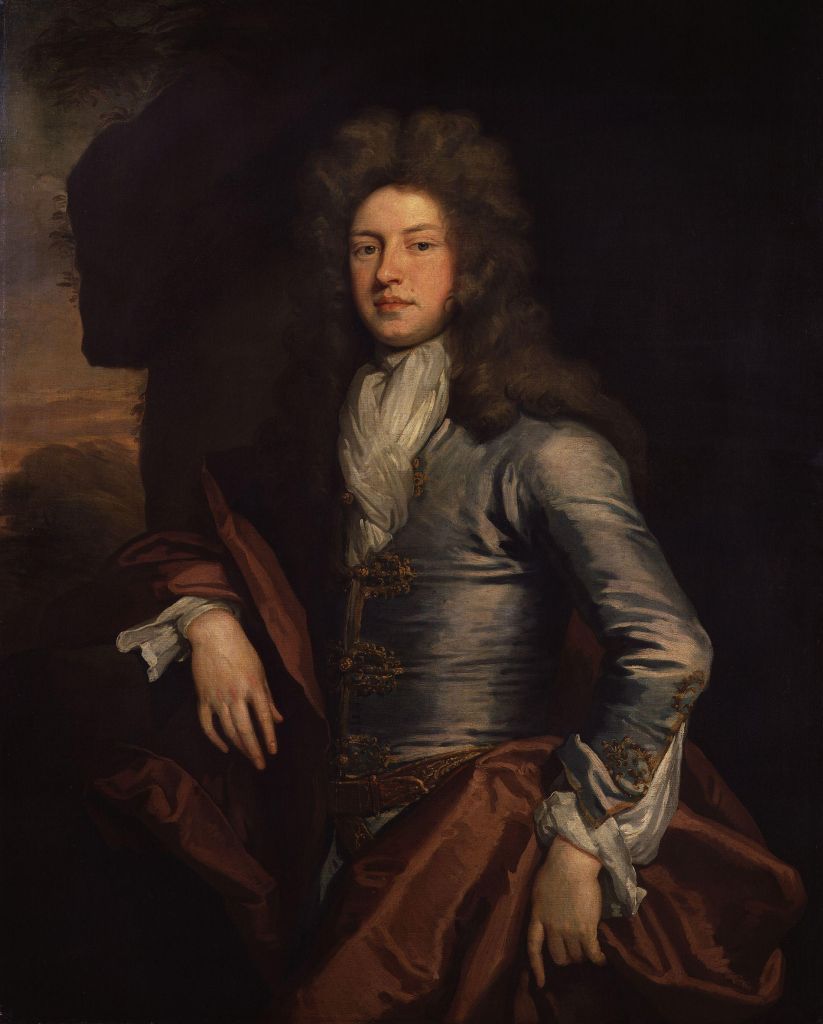
Apart from Montagu, the most important friendship Newton forged during his years at Cambridge was certainly that with Edmond Halley (1656–1742). It was Halley travelling to Cambridge in 1684 to ask Newton what shape the planetary orbits would be under an inverse squared law of gravity that lit the blue touch paper that led to the scientific explosion that is Philosophiæ Naturalis Principia Mathematica. Halley helped to pay the publishing cost of the Principia when the Royal society ran out of money. He also worked closely with Newton, particularly on the question of the flight paths of comets leading to his own Astronomae cometicae synopsis (A Synopsis of the Astronomy of Comets) in 1705, which contained his analysis of the orbit of what is now known as Comet Halley. The two men remained firm friends throughout Newton’s life, and he even helped Halley financially by appointing him deputy comptroller of the Chester Mint, a post he held for two years.
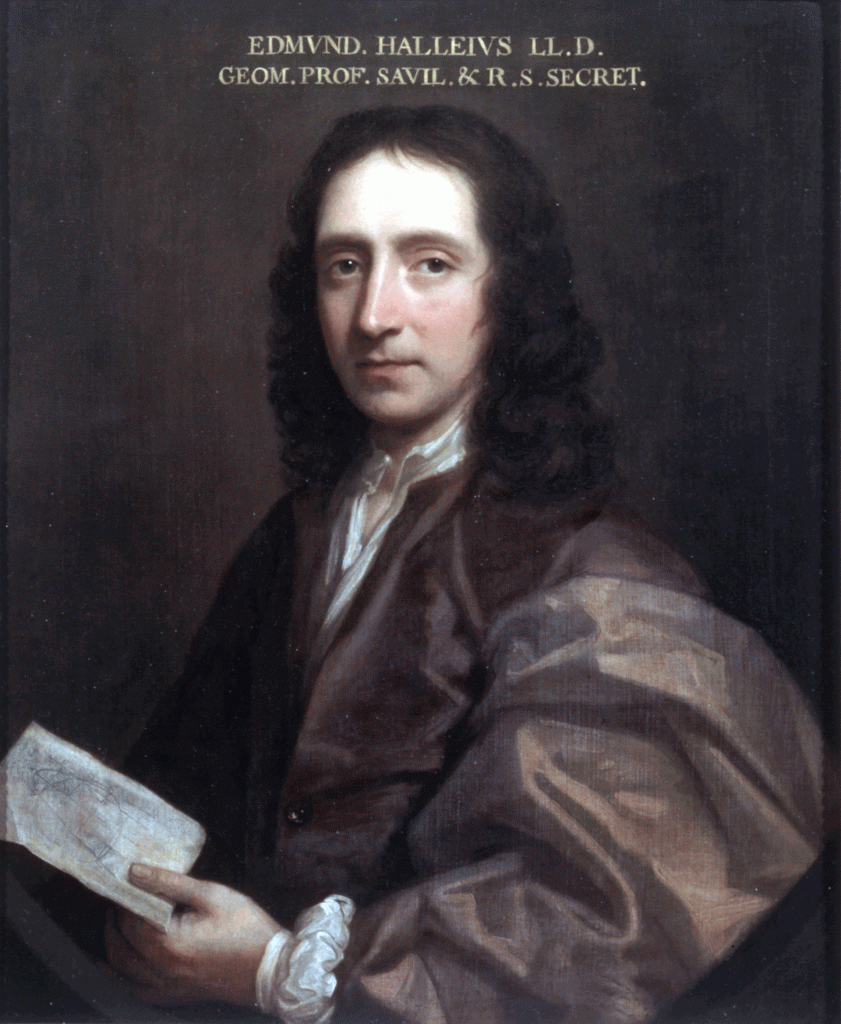
Another academic protégé of Newton’s was David Gregory (1659–1708) the nephew of the astronomer and mathematician, with whom Newton was on good terms despite the fact the James Gregory (1638–1675) was a rival for the honour of having invented the reflecting telescope. Thanks to Newton’s support David Gregory was appointed Savilian Professor of Astronomer in 1691 at Oxford University. Newton’s support was somewhat surprising given that the other applicant was Halley. Gregory was a very active supporter of Newton’s work publishing his Astronomiae physicae et geometricae elementa, a semi-popular presentation of Newton’s theories in 1702.
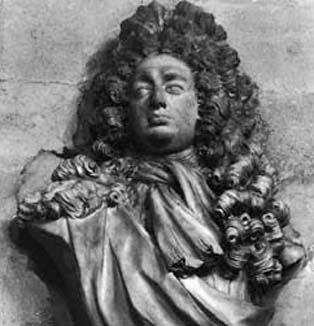
Remaining with the academic side and Cambridge, Newton was on good terms with both Richard Bentley (1662–1742), who became Master of Trinity College, and William Whiston (1667–1752), who Newton had appointed as his successor as Lucasian Professor. Whiston was, like Gregory, a populariser of Newton’s work. When Whiston was expelled from Cambridge for being an Arian, Newton began to distance himself, afraid that his own unorthodoxy might become public. Bentley and Whiston were responsible for getting the prodigy Roger Cotes (1682–1716) appointed Plumian Professor at Cambridge. When Newton granted the privilege of editing the second edition of Principia to Richard Bentley, Bentley in turn entrusted the actual work to Cotes with Newton’s approval. Amongst other things Cotes added a preface to the book.
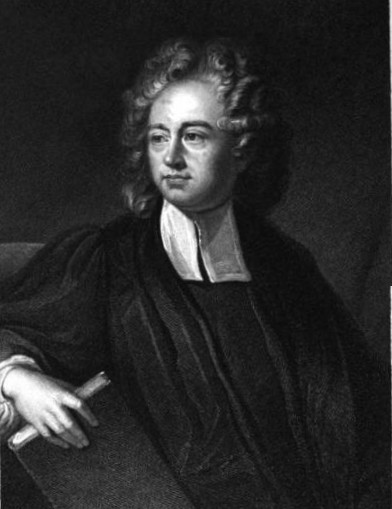
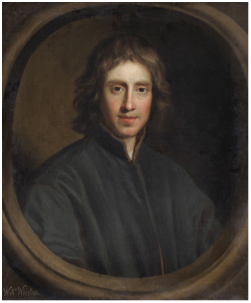
Both William Whiston and Richard Bentley were, amongst other things, theologians, anther Cambridge theologian, who played an important positive role in Newton’s life was Samuel Clarke (1675–1729), who went into battle with Leibniz over the theological implications of Newton’s theory of gravity. Their exchanged letters form the Leibniz-Clarke correspondence an important document in the history of eighteenth-century science.
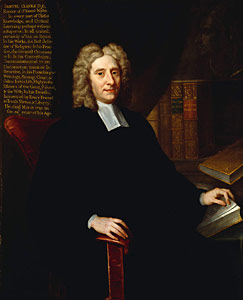
Another, perhaps somewhat surprising, active supporter of Newton’s was the physician, satirist, and mathematician, John Arbuthnot (1667–1735), who was alongside Edmond Halley was one of Newton’s most important lieutenants. Perhaps surprising, because Arbuthnot was, like his friend Jonathan Swift, a staunch Tory, whereas Newton was very much a Whig. Newton had been a Whig MP for the University of Cambridge in 1689 and 1701 and was knighted in 1705 to get him re-elected in 1705, a strategy that failed. Also, his patron Charles Montagu was one of the most important Whig politicians of the period. All of this was doing a period of very intense political war between the two political parties, especially during the transition from the Stuart to the Hanoverian monarchy. Despite their positions on opposite sides of this deep political divide, Newton and Arbuthnot were good friends.
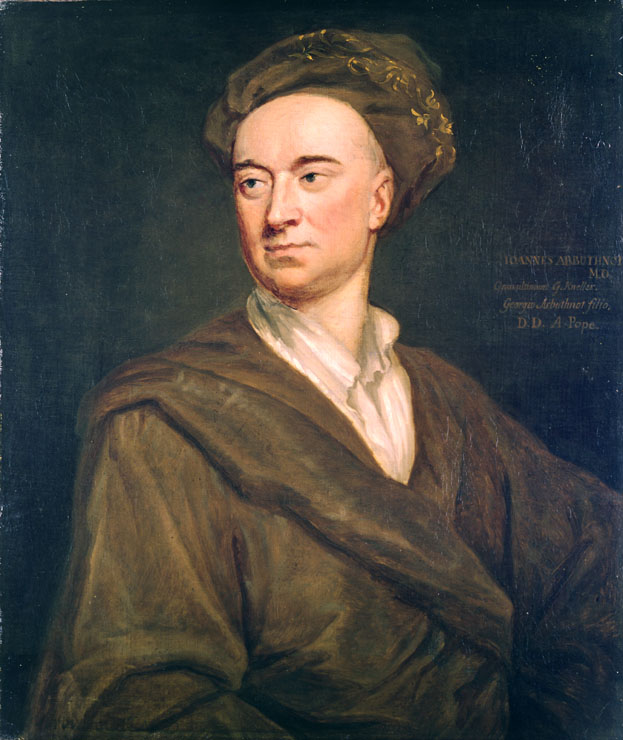
In my introductions I mentioned that Newton was a kind and loving family man, a comment likely to provoke a reaction from some. Newton was a half orphan from his birth on, never married and even claimed to be virgin, when he died, so what family? When Newton’s mother Hannah Newton-Smith née Ayscough died in 1679, he inherited the Newton estate, which provided him with an annual income of £600, making him a wealthy man. He also, so to speak, inherited his three half siblings from Hannah’s marriage to the Reverend Barnaby Smith. Despite being an absentee landowner took over direct management of his estate, a job that he carried out with his usual thoroughness. Also, aware of his responsibilities as the eldest he took care of his half siblings with great care. It is obvious from the surviving correspondence that he didn’t just do this out of a feeling of obligation but with genuine affection.
Most famously, when settled in London, he brought his half-niece Catherine Barton (1679–1739), the daughter of his half-sister Hannah and her husband the Reverend Robert Barton, to the city to act as his housekeeper, where she succeeded in establishing herself as a prominent member of society. Later, she married the landowner, politician and soldier, John Conduitt (1688–1737), who assisted Newton in his final years as Master of the Mint, inheriting his position when after Newton’s death.
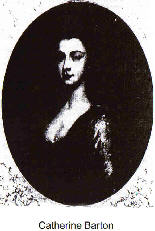
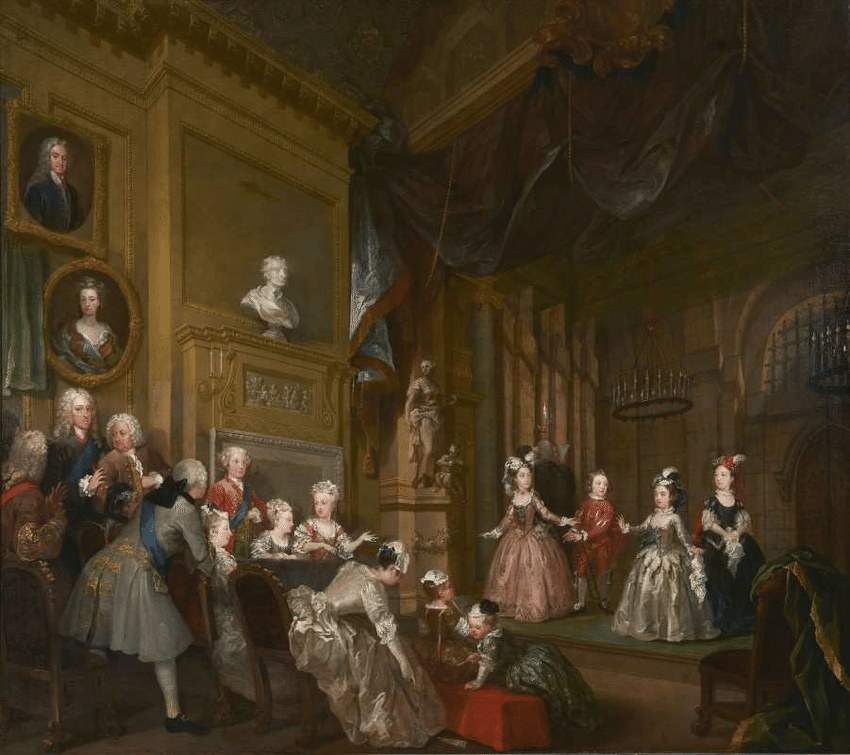
Without doubt the highest level of affection displayed by Newton was in the letter he exchanged with the young Swiss mathematician Nicolas Fatio de Duillier (1664-1753) in the early 1690s. Those very intimate letters that can, without a very great stretch of the imagination, be described as love letters. We don’t know if it was purely platonic or an active physical relationship. A third possibility, as I wrote in an earlier blog post, is, Newton having perhaps seen something of himself in the young Fatio had adopted him like a mother hen. The tone of some of Newton’s letters would certainly support such an interpretation.
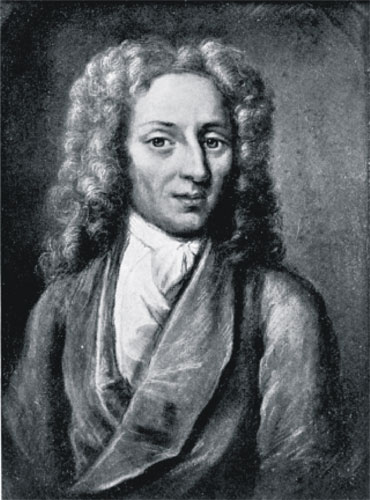
Source: Wikimedia commons
Coffee shops were all the rage in early eighteenth-century London, and when he became established and President of the Royal Society, Newton would hold court at his favourite coffee shop, surrounded by his acolytes, distributing wisdom, and passing around his treasure trove of unpublished mathematical papers. Participants in these sessions included such as Edmond Halley and David Gregory, when in London, but also Gregory’s fellow Scots, the Keill brothers, the physician James (1673–1719) and the mathematician John (1671–1721), who famously ignited the dispute with Leibniz over the invention of the calculus. Also often present was the Huguenot refugee, Abraham de Moivre (1667–1754).
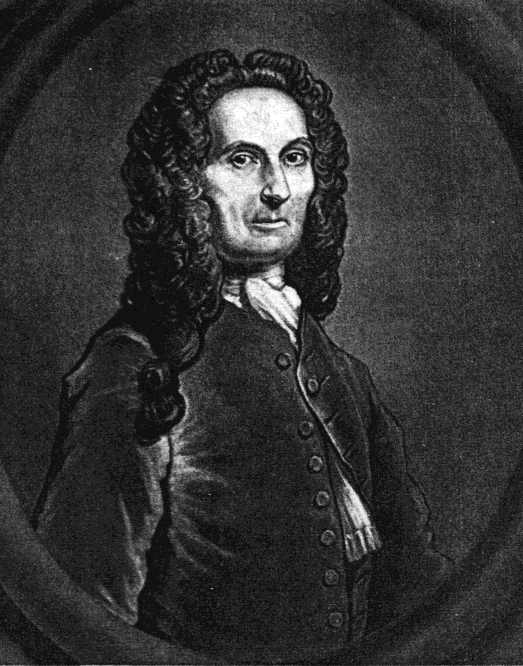
A late addition was the Welsh mathematician, William Jones (1675–1749), famous for being the first to use π for the ration of circumference to diameter of the circle.
Towards the end of his life Newton formed a strong friendship with the physician and antiquarian William Stukeley (1687–1765), who like Isaac was a Lincolnshire lad. Stukeley wrote one of the earliest biographies of Newton, which is one of the sources of the infamous apple story.
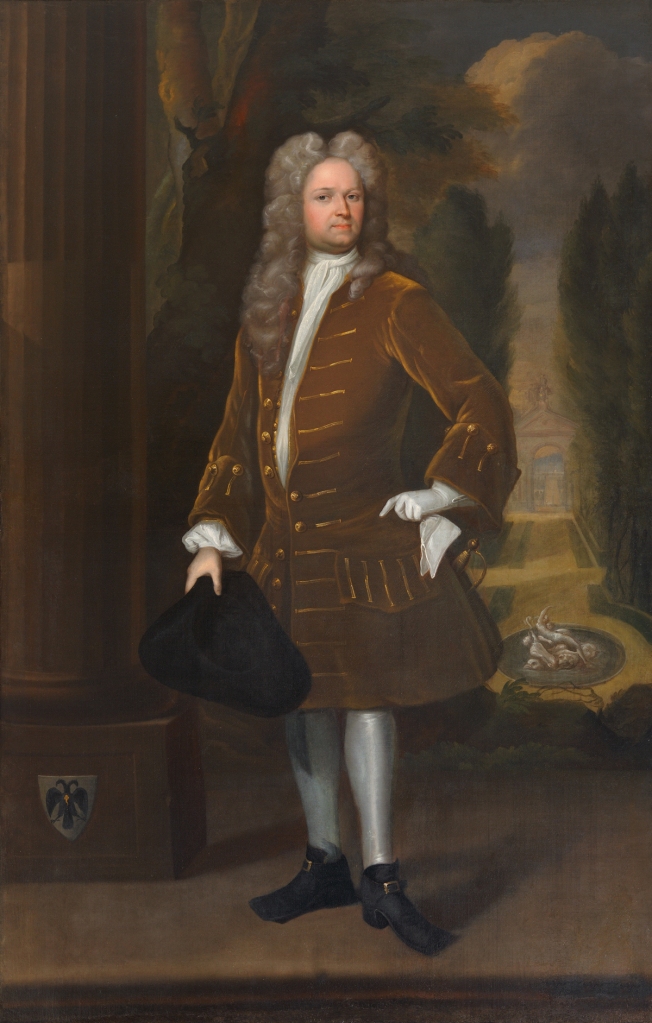
Perhaps the strangest of Newton’s friendships was with Caroline of Brandenburg-Ansbach (1683–1737), daughter-in-law to George I and wife of George II, who came to England in 1714 with her father-in-law. A woman of intelligence she was friends with both John Arbuthnot and Jonathan Swift. She corresponded with Leibniz, her father-in-law’s librarian, and facilitated the Leibniz-Clarke correspondence. Newton was comparatively oft a visitor to St James’ Palace, Caroline’s residence, where the two of them would indulge in long philosophical discussions.
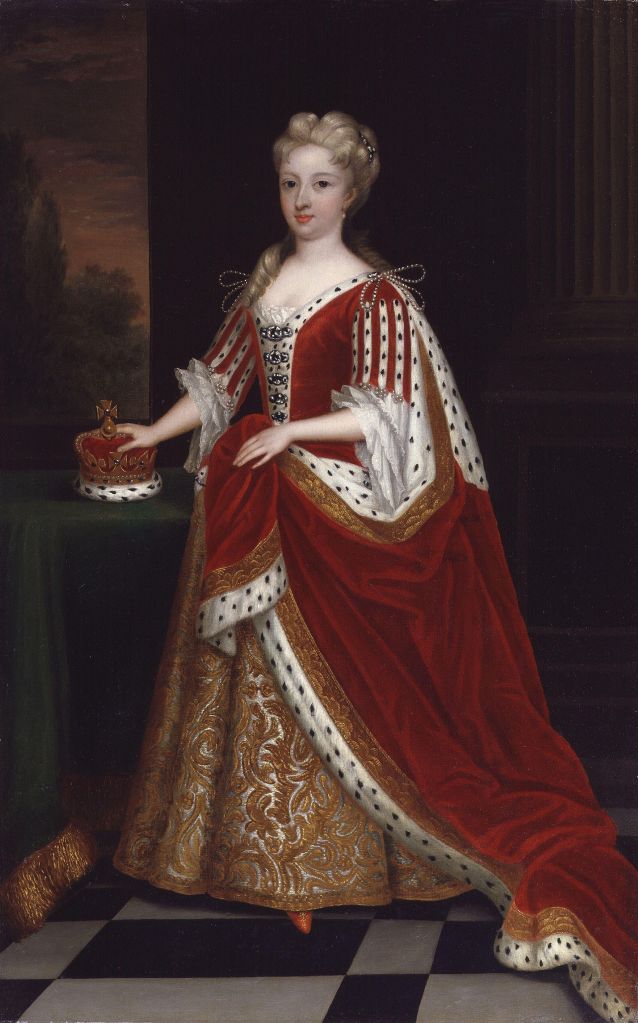
I hope that in this brief sketch I have managed to convey a different view of Isaac Newton to the usual popular cliché of the grumpy and aggressive introvert ready, as I said, to pick an argument at the drop of a bodkin.
[1] Richard S. Westfall, Never at Rest: A Biography of Isaac Newton, CUP, Cambridge etc., 1980 p. 74